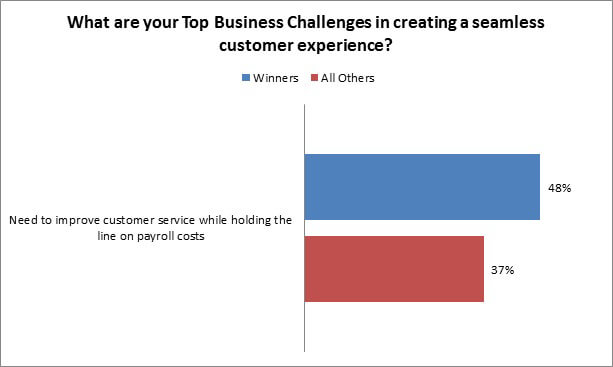Going To The Store, And What Awaits Us There
People go to stores for a reason. Why? At this point, it’s different for pretty much everyone. Some just want to get out of the house. Some may want to steal away from work for a few. Some are looking to physically experience the items they’ve been looking at online for hours on end. But at the end of the day, people still go to stores. And depending on who’s doing the research, anywhere between 90 and 94% of sales still conclude there. The problem for most of us, of course, is what happens in those stores once we get there. By and large, stores haven’t become all that much more interesting or engaging than they were 20 years ago, and unfortunately for stores, as Brian notes in his happy birthday wishes to Amazon this week, the digital world most certainly has.
The issue is only compounded by the fact that today’s average retail employee is far less likely to be as informed as the person shopping his/her ailes, and that’s a recipe for systemic disappointment. And yet we still go to stores. For how long, who knows. But what if stores were to become great – truly great again: how would they do that? Would they fold in new technologies to make shopping in a store as exciting/convenient as shopping online? Of course. But far more importantly, for stores to become great again, they’re going to have to invest in their employees. For most retail segments, self-service simply won’t suffice: interaction will have to increase. And given the importance of the human connection in creating brand engagement, it is really disconcerting to see in our latest Commerce Convergence Research that Retail Winners have an even stronger desire than peers to improve the quality of the workforce while “holding the line ” on payroll costs (Figure, below).
We’ve seen what happens in recent years when retailers try to pull employees from stores to cut costs, and quite simply, that model does not work. Without equivocation, a motivated and powerfully-informed workforce will be a vital component to any successful omni-channel experience going forward.

In short, this is a genuine oversight. Going forward, we highly recommend that retailers reconsider how employees are compensated. One of the fastest ways to occupy the part of the consumer’s brain that retailers want to occupy most – where brand and emotion become associative and inseparable – is to establish human connection. Of course clever uses of social media, call center, and online widgets can help in finding ways to add a human experience to an otherwise solitary technological endeavor. But when it comes to this “actual human interaction ” component of the shopping experience, there will never be a substitute for in-store person-to-person interaction. It’s a functional need of the human condition, and if retailers can prioritize, plan for, and actually provide a relevant workforce once again, it’s a large part of why stores won’t disappear.
